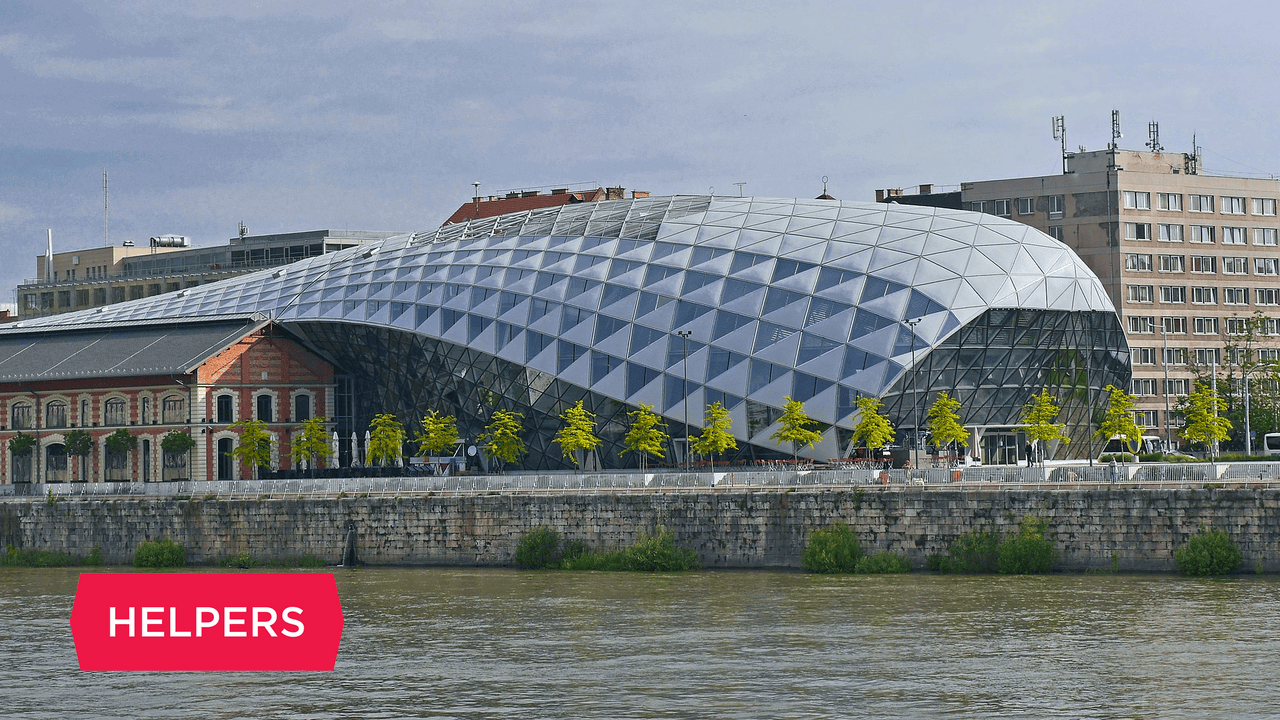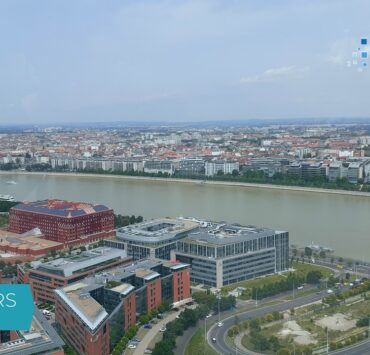Did you know that Budapest is Central Europe’s film capital?

The short history of film in Hungary
When it comes to movies, Hungary has always been in the front lines. Films by the Lumière brothers were already shown in 1896, the first permanent film theater of Budapest opened in 1898, and the first Hungarian movie, The Dance was made in 1901 – of course, it was only a few minutes long. The first Hungarian studio, Hunnia, was set up in 1911. Beside Budapest, Kolozsvár (today’s Cluj-Napoca in Romania) was also an important center of film making.
Early Hungarian film gave the world such directors of international fame as Sir Alexander Korda (originally Sándor Korda, who became a leading figure of British film industry) or Michael Curtiz (originally Mihály Kertész, maybe most famous for directing the timeless classic Casablanca).
Over the course of the 20th century, the Hungarian film industry remained very active, even though the quality of films varied a lot. Especially after the second world war, most of the films supported the propaganda of the socialist regime. But even then, some of the films received international critical acclaim, such as Somewhere in Europe (1947), Merry-go-Round (1955), The Round-ups (1966), or Mephisto (1981).
After the fall of the socialist regime, the landscape of the film industry struggled with restructuring in the new era of capitalism. This changed in the early 2000s, when Hollywood producer Andy Vajna returned from the U.S. and kickstarted a new era of financing and promoting Hungarian film in Hungary and abroad. His work is Hungary was quite controversial, but it certainly contributed to the international successes of the Hungarian film industry.
Tax haven for filmmakers
Over the last 20 years, Hungary has offered significant tax benefits to foreign filmmakers coming to Hungary, this way giving a boost to the local film industry, while big studios can take advantage of the local expertise and know-how as well as the low-cost environment. Filmmakers can benefit from the state-of-the art studios as well as the wide variety of locations, which are never too far (since Hungary is quite small, especially compared to the U.S.)
Hungary – where the east meets the west
Due to its colorful history, Hungary sports all sorts of landscapes and architecture – and this is especially true for the capital Budapest. While Budapest is sometimes considered an “exotic” location for international movies and shows like Tinker Tailor Soldier Spy (2011), Red Sparrow (2018) or Russian Doll (2022), the city has often played the role of other places, such as:
- Berlin (Atomic Blonde, 2017)
- Buenos Aires (Evita, 1996)
- Chișinău, Moldova (Spectral, 2016)
- London (Moon Knight, 2022)
- Moscow (Red Heat, 1988; A Good Day to Die Hard, 2013)
- Munich (Munich, 2005)
- Paris (Bel Ami, 2012)
- Vienna (Au pair, 1999)
Budapest has some iconic buildings and sights that can stand in for various types of locations, such as:
- Space centers of the NASA and the CNSA in The Martian, 2015 (The Whale, which you can see on our cover photo, and the Palace of Arts)
- Secret laboratory or military base: the Kelenföld Power station and its Art Deco control room are always a hit (Spy, 2015; Dracula, 2013; 6 Underground, 2019; Outside the wire, 2021)
- Castle Vajdahunyad in the City Park can be a fancy hotel or the lair of evil creatures (Daughter of Darkness, 1990; Vanity Fair, 2018)
Click here to see some of the most interesting sites in Budapest that inspired great scenes in famous movies.
Of course, Hungary offers not only exquisite sites, but state-of-the-art studios as well, where experienced local crew can support the work of foreign as well as Hungarian filmmakers. Etyek, a town near Budapest, is most famous for its various studios. Some of the films recently shot there include:
- Blade Runner 2049 (2017)
- Midsommar (2019)
- Terminator: Dark Fate (2019)
- Dune 1-2 (2021; 2024)
- Poor Things (2023)
Have you seen any of the above films? Did you like them? Then you can say thank you to a dedicated Hungarian crew contributing to its creation. Moreover, you can also try and find the locations yourself – for starters, the location list of each film on IMDB is a great help in that.
Budapest, the Hollywood of Europe
Between the long tradition of filming and the attractive tax constructions, the architecture of Budapest is extremely varied. This means that it can offer various types of settings for filming, from romantic downtown Paris through brutalist Russia, a modern NASA quarter, or a WWII era Europe to medieval Turkish baths. Even one stroll through the city center can let you encounter a variety of styles.
Are you up for a walk in Budapest? Pretend you are a location scout, and imagine in what kinds of movies each site could work.
Budapest, a city of history
Budapest can offer this versatile setting to filmmakers thanks to its long and varied history. While Budapest as an entity was created only in 1873, Buda and Pest were important cities of Hungary since medieval times, Óbuda for even longer.
Does history tie you to Budapest too? If you have just one Hungarian person in your family history (a parent, grandparent, great-grandparent, or other ancestor), you might be eligible for Hungarian citizenship. See if you qualify, get a Hungarian passport, and enjoy the privileges of an EU citizen.
Do you have a favorite film that was shot in Hungary? Let us know in a Facebook comment.
The post Did you know that Budapest is Central Europe’s film capital? appeared first on Hungarian Citizenship.


